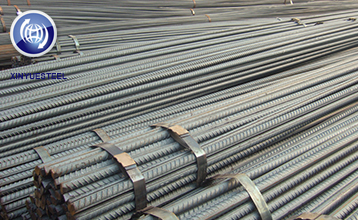Coal prices usher in a belated rebound
Sep. 10, 2020
The price of coal in the main producing areas is generally stable and strong. The supply in Inner Mongolia was slightly tight at the end of the month. Due to the lack of tickets, the number of coal mines that were suspended increased, and the supply of coal mines in production was limited; downstream demand was relatively stable, coal mines and platform inventories were low, and prices rose slightly. The production and sales of coal mines in Shaanxi are in good condition, and some cement chemical terminals are more enthusiastic about pulling transportation, and their prices are relatively strong. The coal mines in Shanxi are more enthusiastic about production, and individual mines have increased inventory and slightly reduced prices due to railway shipping restrictions. Most mines have stable prices.
In terms of ports, coal trading tends to be active. Six days after the CCI index was flat, a slight rebound began yesterday. At present, in Bohai Rim ports, low-sulfur high-quality coal is more popular with users. Shaanxi Coal is generally quoted at an index price of RMB 10-12/ton, and power coal is quoted at an index price of RMB 8/ton.

The upstream and traders generally judged that with the accelerated construction of major projects such as transportation and water conservancy in the south, industrial power consumption has recovered, and coal demand is not weak. With the decline in the volume of the Daqin line and the shortage of high-quality resources at the port, many suppliers are reluctant to sell their goods or offer higher prices. However, the coal consumption load of downstream terminals has declined, hydropower operation has continued to maintain strong, and the outsourcing of electricity in coastal areas has not decreased, and the purchase demand is weak. Most power plants maintain a rigid pull for Changxie coal, and are not very accepting of high-priced coal. They continue to lower prices and make inquiries, resulting in a large difference in offer prices, and the actual number of transactions is small. At present, low-sulfur Mongolian coal, Shaanxi coal and Shanxi coal are relatively active in trading, generally trading upwards according to the index.
Recently, the coal consumption of power plants has weakened seasonally, and the daily consumption of the six major power plants along the coast has dropped to 630-64 million tons, a decrease of 60,000 tons compared with the summer peak. Currently, power plants are not willing to purchase, but destocking is almost over, and the current inventory is at a median level. Approaching the peak coal storage period in winter, there is not much room for further destocking, and some power plants have begun to send ships to replenish coal storage. As of early September, coal storage in key power plants across the country has fallen to 78 million tons. Although the amount of coal stored in power plants has dropped a lot at the peak, the decline in daily consumption is also obvious. The available days of coal storage in power plants are still as high as 20 days. Coal consumption enters the seasonal off-season. At the same time, after the previous flood peak, the water level of the hydropower station is at a high level. It is expected that the duration of the hydropower shock effect will be extended to mid-September.
Favorable factors continue to emerge. With the smooth progress of domestic epidemic prevention and control and the acceleration of resumption of production and work, industrial production continues to rebound, and industrial power consumption in the “Golden Nine, Silver and Ten” industries is on a recovery channel. As the demand for rush work in the second half of the year brought about by the stagnant economic activities in the previous period remains strong, the year-on-year growth rate of electricity consumption in the secondary industry will be relatively strong. In the next four months, users in coastal areas along the Yangtze River will see a substantial increase in the amount of coal being transported from ports around the Bohai Sea, and support for the coal market will continue.
In September and October, the economic improvement will stimulate the further release of coal market demand. At the same time, the market has structural expectations of tight supply and reduced imports. On the whole, coal prices will remain stable with an upward trend.



